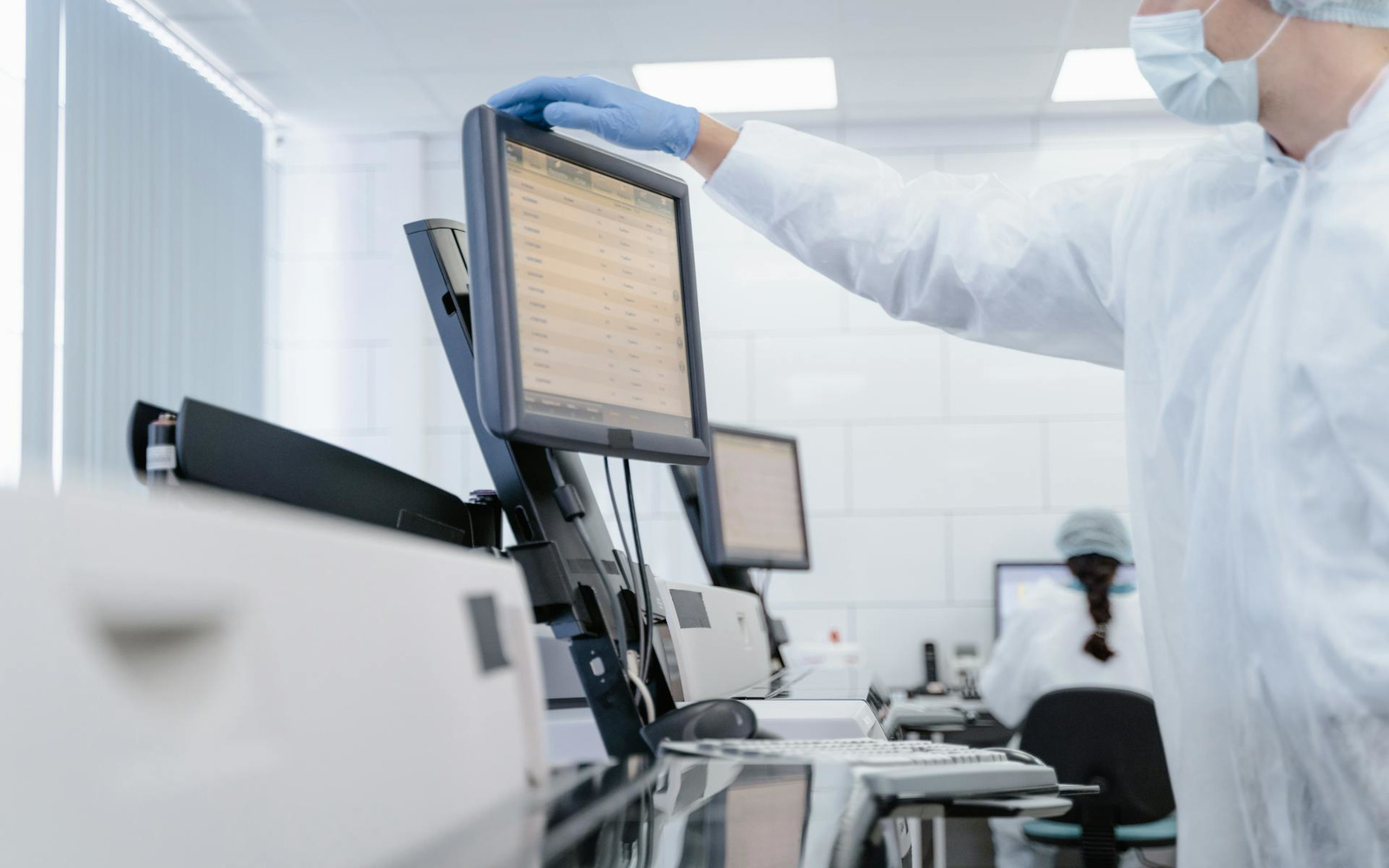The pharmaceutical manufacturing industry relies on various gases for critical processes, but these gases also pose significant risks. Effective gas detection and monitoring are essential to ensure safety, protect personnel, and maintain product quality.
This article explores the common gases used, the associated risks, gas detection technologies, and best practices for maintaining a safe and compliant environment.
Common Gases in Pharmaceutical Manufacturing
- Ethylene Oxide (EtO): Widely used for sterilizing medical equipment and pharmaceuticals, EtO is highly effective but toxic. It poses severe health risks, including respiratory irritation and carcinogenic effects, making its monitoring crucial.
- Ammonia (NH₃): Utilized in refrigeration and as a solvent, ammonia is corrosive and can cause severe respiratory distress upon exposure.
- Carbon Dioxide (CO₂): Often used in the production of tablets and other pharmaceutical products, CO₂ can displace oxygen in enclosed spaces, posing a suffocation risk.
- Volatile Organic Compounds (VOCs): These include substances like benzene and toluene, which are by-products of various chemical processes. VOCs can be harmful to human health and are regulated due to their environmental impact.
- Nitrogen (N₂): Commonly used for inerting and purging to prevent oxidation and contamination, nitrogen is an inert gas that can cause asphyxiation in high concentrations if it displaces oxygen.
Risks and Safety Concerns
The pharmaceutical industry faces unique challenges due to the nature of the gases used. These include:
- Toxicity and Health Risks: Gases like EtO and ammonia can cause acute and chronic health issues, necessitating rigorous monitoring.
- Flammability: Some gases are flammable, posing explosion risks in certain conditions.
- Product Contamination: Gases can affect product quality and safety, making precise control and monitoring essential.
Advanced Gas Detection Technologies
To manage these risks, pharmaceutical facilities use advanced gas detection technologies, including:
- Fixed Gas Detectors: These provide continuous monitoring in critical areas such as production lines and storage facilities. They can detect a wide range of gases and are often integrated with alarm systems for immediate response.
- Portable Gas Detectors: These are essential for monitoring air quality in different locations, especially during maintenance or emergency situations. They provide flexibility and ensure that personnel are protected in dynamic environments.
- Photoionization Detectors (PIDs): PIDs are effective for detecting VOCs and provide real-time measurements, crucial for maintaining air quality.
- Infrared Sensors: These sensors are used for detecting gases like CO₂ and hydrocarbons, offering high sensitivity and reliability.
Best Practices and Safety Protocols
- Regular Calibration and Maintenance: Ensuring that all gas detection equipment is calibrated and maintained regularly is critical for accuracy and reliability.
- Comprehensive Monitoring Strategy: Employing both fixed and portable detectors provides thorough coverage and enhances safety. Fixed systems offer continuous monitoring, while portable devices allow for targeted checks.
- Employee Training and Emergency Preparedness: Regular training on the proper use of gas detection equipment and emergency procedures is essential. Workers should be aware of the risks and how to respond in case of an emergency.
- Environmental Monitoring: Monitoring for microbial contamination in compressed gases is crucial for maintaining product sterility and complying with regulatory standards. This involves regular testing and adherence to standards such as ISO 8573 for compressed air purity.
Effective gas detection is vital in the pharmaceutical manufacturing industry to protect workers, ensure product quality, and maintain compliance with safety regulations. Interscan offers reliable gas detection systems, including the AccuSafe fixed detectors and GasD 8000 portable analyzers.
For more information or to request a quote, contact us today. Implementing these advanced systems can significantly enhance safety and operational efficiency in your facility.


